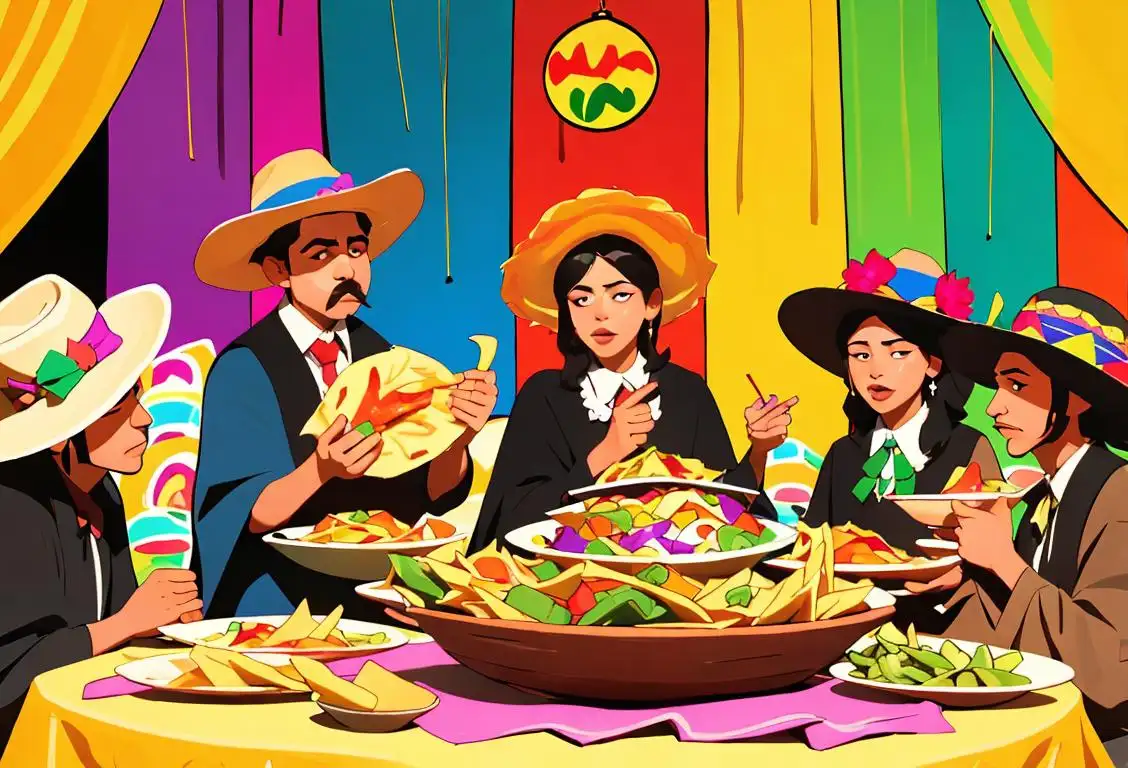National Butter Day

Welcome, butter enthusiasts! It seems you're just as smitten with this creamy delight as we are. Let's spread the love for our beloved staple, for it’s National Butter Day! Keep calm and butter- on.
When is Butter Day?
It's national butter day on the 1st May.
The Humble Beginnings of National Butter Day
Casein to tell you, National Butter Day's internet history is as buttery smooth as the substance it celebrates. With 13 mentions online, butter lovers basked in the glory of this delightful delicacy largely on 01 May 2020. But let's not skim over the fact that the year-round love for butter goes deeper than a cut through a rich butter cake.
The Unsalted Truth About Butter
Butter, the flavorful backbone of our most cherished meals, has been a food hero throughout history. From being a food staple in ancient civilizations to glazing our breakfast toast in this Instagram era, butter has indeed 'spread' love all the way.
Churning the Celebrations
Celebrating National Butter Day isn't just about savoring buttery bites, it's about honoring the magic it churns into every dish, converting banal into lip-smacking goodness. So on this day, why not try adding a new kind of butter to your pantry or experimenting with a butter-infused recipe?
Butter Up For The Love of Butter
Remember, on National Butter Day, every meal is an opportunity to indulge in the sweet, salty, creamy delight of butter. So fire up that stove, roll up your sleeves, and get ready to sizzle in butter bliss. After all, everything's butter with butter!
History behind the term 'Butter'
5000 BCE
Ancient Origins
Butter is believed to have originated around 5000 BCE in ancient Mesopotamia. Archaeological evidence suggests that the Sumerians, one of the first known civilizations, were the first to produce butter. They used animal hides to store milk and transport it, which led to the accidental discovery of butter. The agitation caused by the movement turned the cream into a solid form known as butter.
2000 BCE
Butter in Ancient Egypt
Butter was highly valued in ancient Egyptian society. It was used not only as a food source but also as a cosmetic product. Egyptians would apply butter to their skin to protect it from the harsh desert climate. The production of butter involved separating butterfat from milk, which was achieved by churning milk in special containers.
1000 BCE
Butter in Ancient India
Butter has had a significant role in ancient Indian culture. In Hindu rituals, ghee (clarified butter) was considered sacred and used for ceremonial purposes. The process of making ghee involved clarifying butter, which eliminated the water and milk solids, resulting in a pure and long-lasting product. Ghee became an essential ingredient in Indian cuisine and Ayurvedic medicine.
14th Century
European Butter Production
During the 14th century, butter production started to flourish in Europe. It became a staple food in many European countries and was especially popular among the upper classes. The invention of various butter-making techniques, such as using wooden butter churns and adding salt for preservation, contributed to the growth of butter production and trade.
19th Century
Industrial Revolution and Butter
The Industrial Revolution brought significant changes to the butter industry. With the invention of mechanical butter churns and refrigeration techniques, butter production became more efficient and widespread. In the United States, butter production increased dramatically during this period, leading to the establishment of butter factories and the improvement of transportation and storage methods.
20th Century
Butter as a Culinary Staple
Butter remained an important ingredient in culinary traditions worldwide throughout the 20th century. It is widely used in baking, cooking, and as a spread. However, concerns about its impact on health led to the rise of margarine as a butter substitute during the mid-20th century. In recent years, with a better understanding of nutritional science, butter has regained its popularity as a natural and tasty food choice.
Did you know?
Did you know the average American eat 5.6 pounds of butter each year? Butter us up, that’s a lot of spread!Tagged
awareness food fun celebration butterFirst identified
1st May 2016Most mentioned on
1st May 2020Total mentions
13Other days
Butter Day
Creamsicle Day
Cheese Pizza Day
Senior Citizens Day
Marg Day
Spinach Day
Lasagna Day
Martini Day
Vodka Day
Tortilla Chip Day








